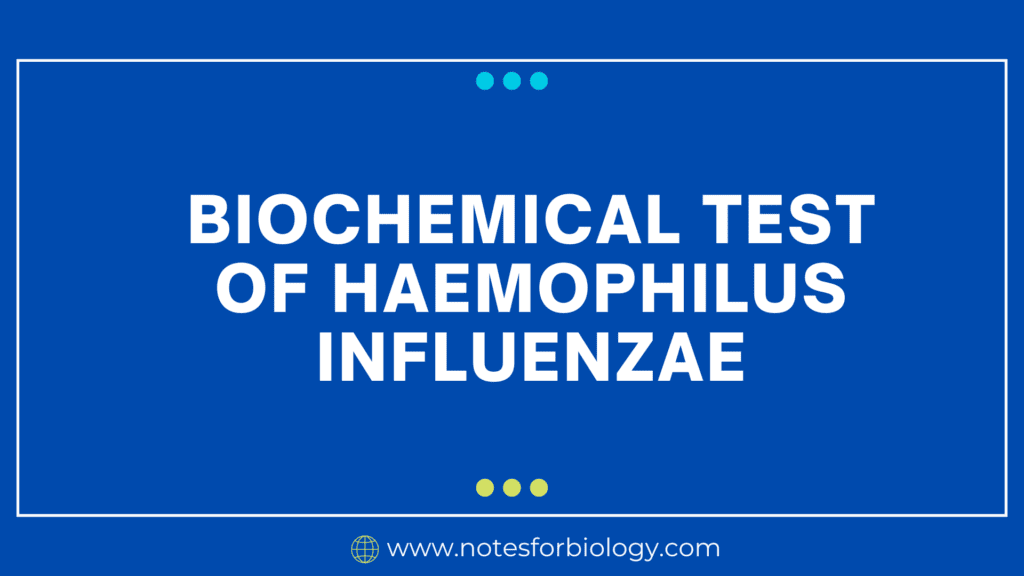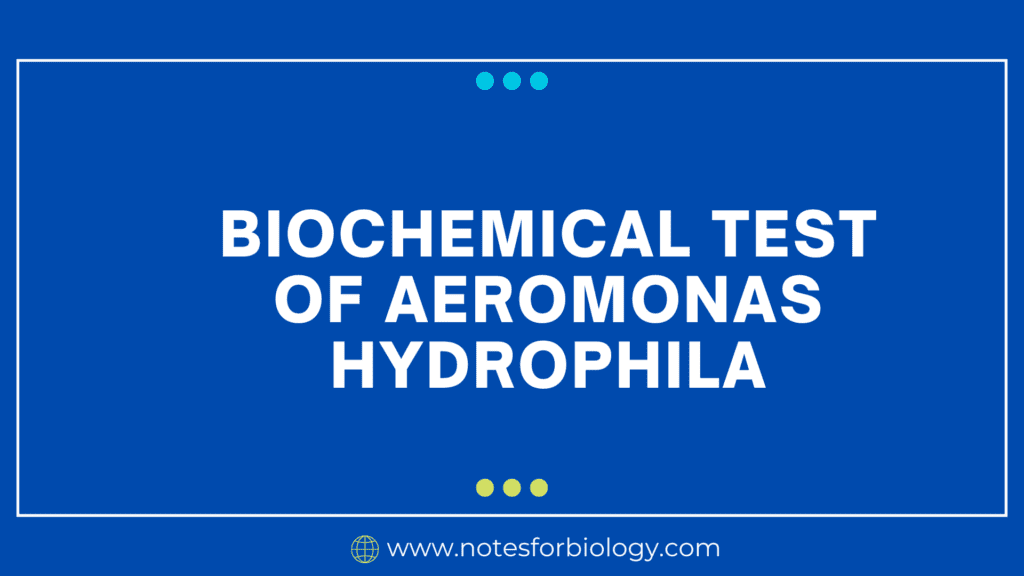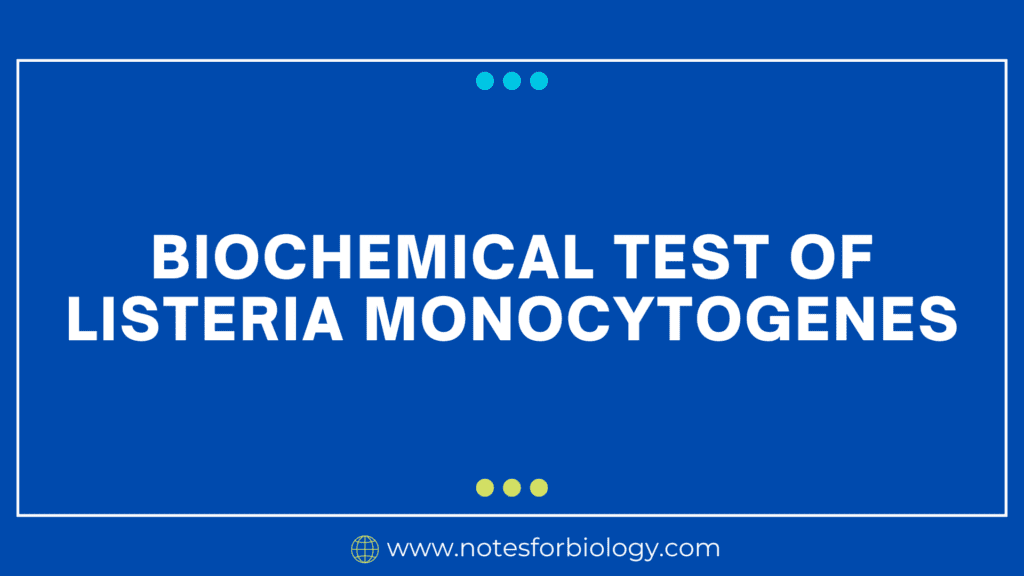The Gram-negative bacterium Bordetella pertussis is the source of whooping cough, a highly dangerous respiratory illness. It mainly affects newborns and young children and is spread by respiratory droplets. When B. pertussis infects the respiratory system, it causes symptoms like inspiratory whoops, paroxysmal coughing, and post-tussive vomiting. Given the risk of serious consequences, especially in babies, prompt identification and treatment are essential. The best defense against B. pertussis infection is vaccination with the pertussis vaccine.
Table of Contents
Definition
Bordetella pertussis is the bacteria that causes pertussis, which is another name for whooping cough. When an infected individual coughs or sneezes, respiratory droplets are released into the air, spreading the infection. When a person with pertussis tries to breathe in, they frequently make the “whooping” sound in addition to having violent coughing fits.
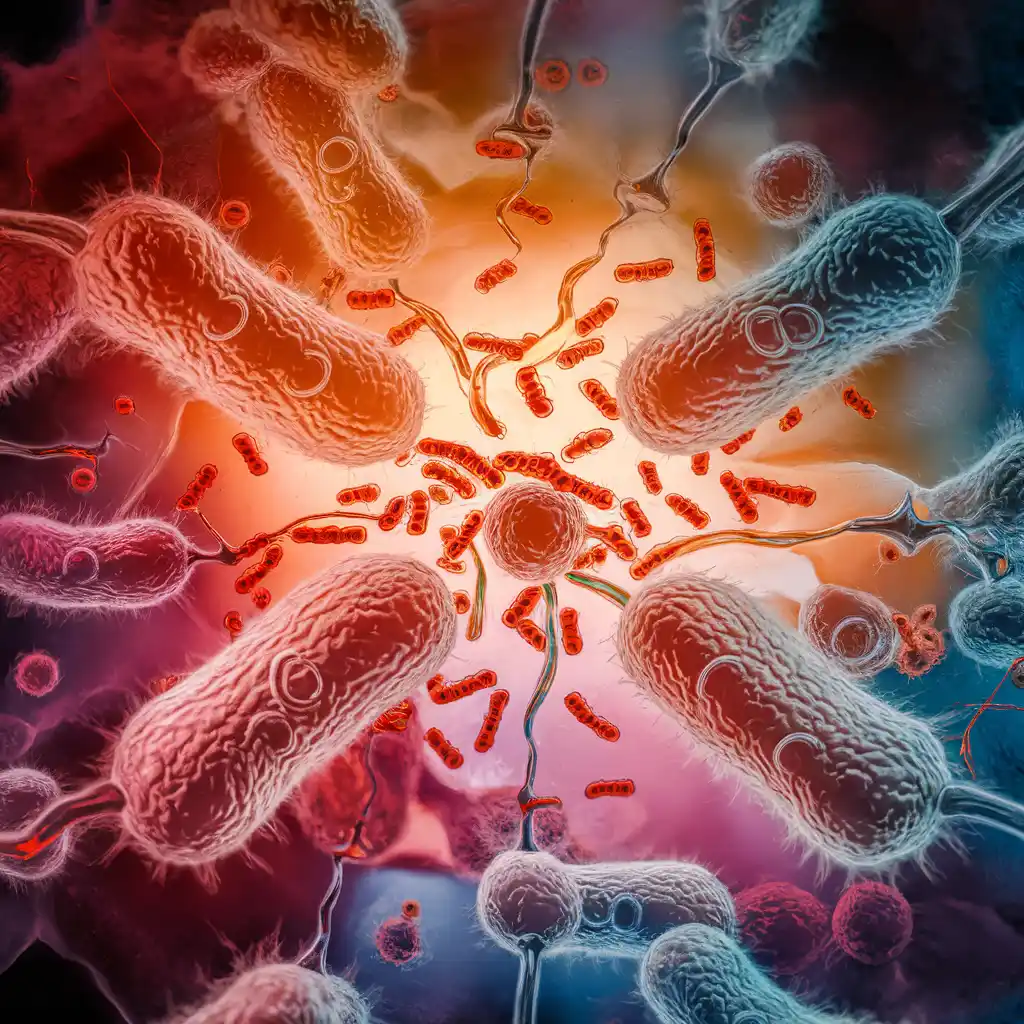
Bordetella pertussis can be identified through various biochemical tests. Here are some common tests used for its identification:
Biochemical Test
The cause of whooping cough, Bordetella pertussis, might be difficult to identify. Although culture is the best, it is not without its limitations. In this battle, biochemical testing provide a more rapid and accurate tool. These assays focus on specific characteristics of B. pertussis, such as its enzymatic composition or energy requirements. Oxidase and urea hydrolysis assays are two examples. The
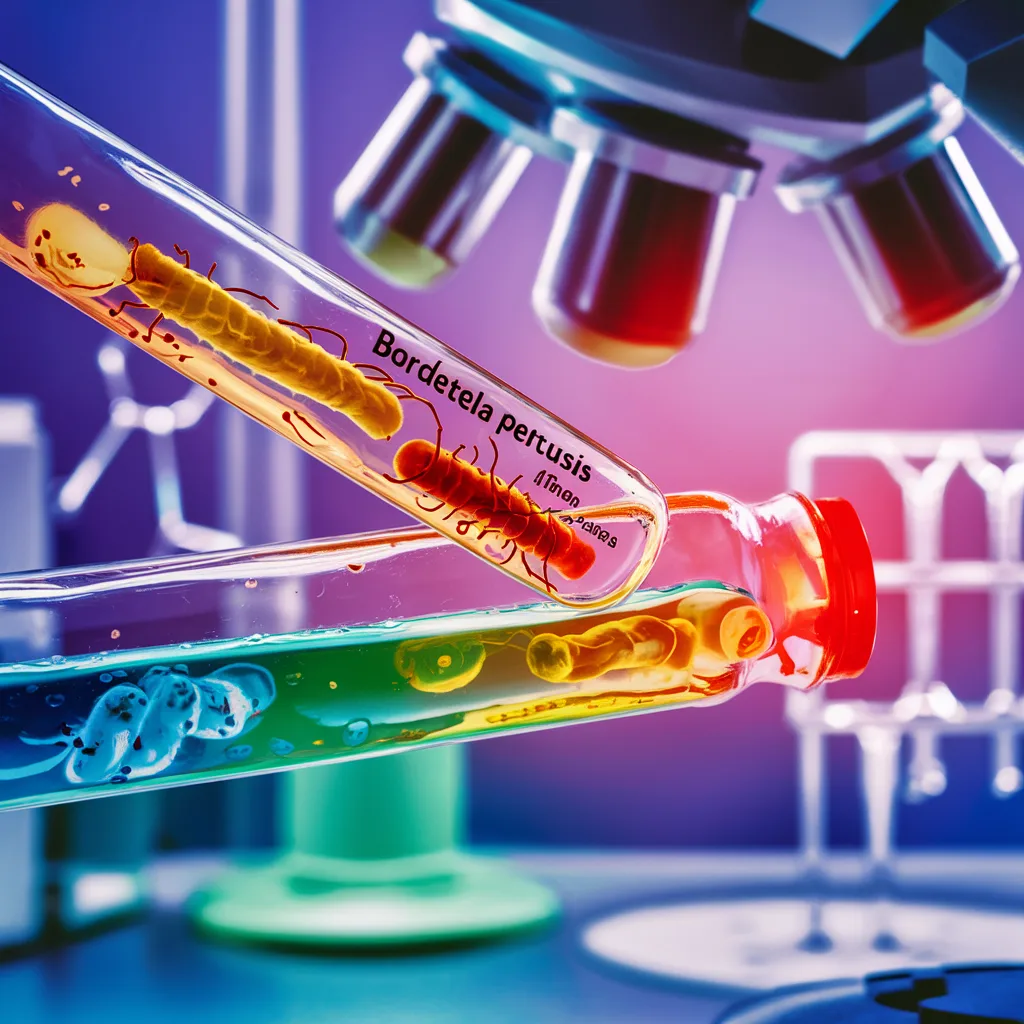
1. Gram Staining
Gram-negative staining pattern of Bordetella pertussis, the whooping cough bacterium, is part of the diagnostic toolkit used in laboratories. An alcohol decolorization step, iodine treatment, crystal violet staining, and safranin counterstaining are the steps involved in the traditional Gram staining method, which involves applying a thin smear of the bacterial culture to a slide. When examining Bordetella pertussis under a microscope after following this protocol, the bacteria has a characteristic pink or red color that indicates that it is classified as Gram-negative.
2. Oxidase Test
An essential method for determining Bordetella pertussis, the whooping cough cause, is the oxidase test. This bacterium can produce the enzyme cytochrome c oxidase, as evidenced by its positive oxidase test result. Transferring a bacterial colony onto a filter paper disk impregnated with a reagent containing a chromogenic substrate is the test’s method. The reagent changes color due to oxidation that occurs when it comes into contact with the bacterial colony. Bordetella pertussis’s positive oxidase status is confirmed in a matter of seconds by the appearance of a dark purple hue.
3. Catalase Test
An essential biochemical test for determining whether bacteria contain the catalase enzyme is the catalase test. The Bordetella pertussis test entails adding a drop of 3% hydrogen peroxide to a tiny portion of the bacterial colony on a sanitized glass slide. The quick formation of bubbles when catalase is present indicates that hydrogen peroxide is being broken down into water and oxygen by the enzyme. When B. pertussis comes into contact with hydrogen peroxide, it quickly effervesces, resulting in a positive catalase test result. This positive result supports the differentiation of B. pertussis from other bacteria that might be catalase-negative as part of a battery of biochemical tests used to identify the pathogen.
4. Nitrate Reduction Test
A biochemical test called the nitrate reduction test is used to find out whether bacteria can convert nitrate (NO3-) to nitrite (NO3-) or other nitrogenous compounds. The test for Bordetella pertussis entails culturing the bacteria in a potassium nitrate-containing medium called nitrate broth and measuring the amount of nitrite that remains after the incubation period. Reagents like α-naphthylamine and sulfanilic acid are added to the culture in order to interpret the results. A red color shift denoting a successful outcome verifies the conversion of nitrate to nitrite. When B. pertussis is tested, the results are usually negative, indicating that the bacteria are not reducing nitrate to nitrite or any other observable nitrogenous products.
5. Motility Test
The motility test is a biochemical procedure that’s used to find out if bacteria can move themselves around. To test for Bordetella pertussis, a semi-solid agar medium is usually inoculated, and the pattern of bacterial growth is observed. If the bacteria are mobile, they will propagate beyond the inoculation line, resulting in turbidity across the medium. Nevertheless, because it lacks flagella, B. pertussis is immobile and stays contained to the stab line, exhibiting neither diffuse growth nor spreading. In order to distinguish B. pertussis from other motile bacteria, it is crucial to recognize this negative motility result.
6. Indole Test
The indole test is a biochemical experiment designed to ascertain whether bacteria can convert the amino acid tryptophan into indole. The test for Bordetella pertussis entails inoculating and then incubating the culture in a tryptophan-rich medium. To find out if indole is present, a reagent like Ehrlich’s or Kovac’s is added to the medium after incubation. The reagent layer will become red or pink, indicating the production of indole, which is a sign of a successful outcome. However, because B. pertussis does not produce indole from tryptophan, indole tests usually result in a negative result. It is crucial to differentiate B. pertussis from other indole-positive bacteria based on this negative result.
7. Citrate Utilization Test
To find out if bacteria can use citrate as their only carbon source, scientists perform a biochemical test called the citrate utilization test. In order to test for Bordetella pertussis, the bacteria must be cultivated on Simmon’s citrate agar, a medium that only contains citrate as a carbon source and bromothymol blue as a pH indicator. The medium will turn blue instead of green if the bacteria are able to use citrate to produce alkaline byproducts. The medium stays green because B. pertussis is unable to use citrate as its only carbon source, as evidenced by the fact that it usually produces a negative citrate utilization test result.
8. Growth on Selective Media
On selective medium such as Bordet-Gengou and Regan-Lowe agar, which promote the development of Bordetella species while blocking the growth of contaminants, Bordetella pertussis thrives well. B. pertussis colonies usually resemble tiny, rounded formations with a characteristic “mercury drop” appearance. Following two to seven days of incubation, these growth characteristics help distinguish B. pertussis from other respiratory infections, enabling precise whooping cough diagnosis and focused therapy.
9. Carbohydrate Fermentation
When Bordetella pertussis ferments glucose, it usually produces a positive result; however, it does not ferment lactose or sucrose, which causes negative reactions for these sugars. The reliable identification of B. pertussis in clinical samples is facilitated by this fermentation pattern, which also helps to differentiate it from other bacteria.
10. Beta-galactosidase Test
In the beta-galactosidase test, Bordetella pertussis usually exhibits a negative result, meaning the enzyme is absent. Consequently, lactose is not hydrolyzed by it. B. pertussis can be more easily identified in clinical samples thanks to its distinctive response that helps set it apart from lactose-fermenting bacteria.
Summary: Biochemical tests showing positive results for oxidase and catalase and negative results for urease, nitrate reduction, motility, indole, and citrate utilization are indicative of bordetella pertussis. Its identification is also aided by its growth on selective medium, such as Bordet-Gengou and Regan-Lowe agar, and by particular carbohydrate fermentation patterns.
Frequently Asked Question(FAQ)
What is the purpose of biochemical tests for Bordetella pertussis?
Biochemical tests help in the identification and differentiation of B. pertussis from other bacteria based on its distinct enzymatic and metabolic activity.
Which biochemical tests are commonly used for identifying Bordetella pertussis?
Common biochemical tests include the beta-galactosidase test, the oxidase test, the nitrate reduction test, the motility test, the indole test, the citrate utilization test, and the assays for carbohydrate fermentation.
Related Articles


